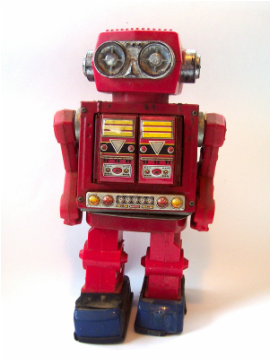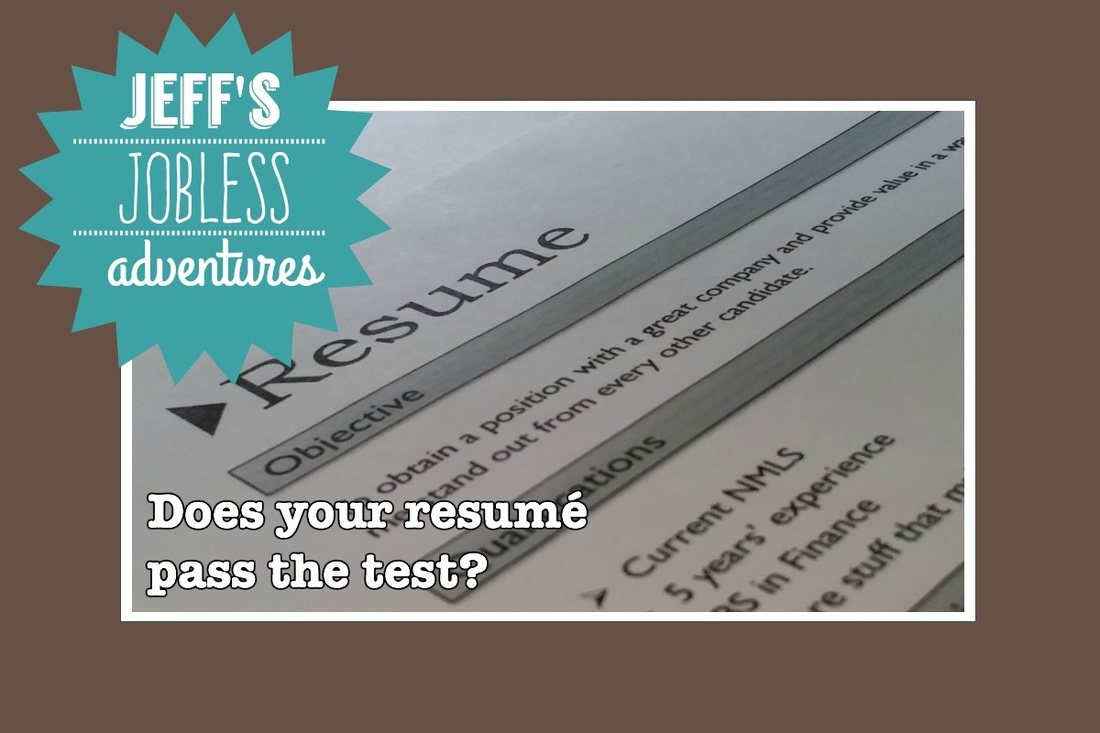My random thoughts.
|
Resumés or CVs can be the most difficult pitch to influence someone from hiring you. All it takes is 30 seconds for the potential employer to read through a resume and cover letter before deciding whether or not to bring you in for an interview or to throw your application into the trash. And no, most companies or organizations don’t “file” your application if you are not successful. It usually gets thrown into “File 13,” especially if you have never received a call for an interview. With that said, I’ve had a few people ask me about resume writing and what it takes to make a good resume or cover letter. Fortunately, during my search, I have landed one job interview every week since I lost my job. I know for a fact my issue isn’t my resumé or cover letter. As mentioned before, it has everything to do with my lack of confidence in a job interview and my inability to tell a potential employer about how my skills can help an organization. Enough about me though. I have jotted down five things to help you in your job search after some valuable lessons I’ve learned after attending a number of hiring workshops: 1. Take inventory of your skills and characteristics.Before even beginning to write a resumé, you need to take an inventory of your skills and abilities, as in what are you really good at? Also, you need to jot down your characteristics which will tell an employer how you are able to approach certain situations. For me, based on my skills, I am a creative, social media-savvy storyteller who is able to multitask. In terms of my characteristics, I value integrity, hard-work, along with being flexible and adaptable — an important trait when it comes to the media biz. Once you’ve determined your list, those skills, values, characteristics and abilities should be the theme for your cover letter and resume. 2. No resume or cover letter should ever be the same.Alberta’s economy is struggling and odds are when you are applying for a job, there are 100 or so people who have also applied to the same position. That’s a good reason why you need to tailor your resumé and cover letter to the organization you are applying to rather than sending one static application to multiple organizations during your job search. An employer needs to know how your specific assets — skills, characteristics, and values — can benefit an organization along with being the right fit for its corporate work culture. Having a static application that you have sent over and over again to multiple organizations won’t necessarily answer those questions for a potential employer. 3. Do your values align with a potential employer's mission and vision statement?A mission and vision statement says a lot about an organization or a company. During my last job at a non-profit, its mission and vision statement changed while I was employed there. It’s mission is now to only “raise money” for research, prevention and support for patients as donations were slowly trickling in. Once the mission and vision statements changed, the writing was on the wall for me to lose my job. Based on my assets — my skills and characteristics — I am a storyteller and a communicator, not a fundraiser. I lost my job a year after that decision was made by its board and I understand the decision. No hard feelings. This is also something to pay extra attention to when sending your application off to an organization. Do your skills, characteristics, and values align with an organization’s mission and vision statement? If they do, those assets need to pop out in your application. 4. Does your resumé clear the robots? If you are applying to a large firm, odds are the 30 seconds it takes to read through your application isn’t being read from an actual human at all. Many large firms or companies use an HR computer program that parses through your application to identify key words or phrases within the text of your resume. That same computer program then breaks down the text of your application into four categories usually: education, contact info, skills, and work experience. The graphic below, from Resunate.com, breaks down the process even further. Double-click or right click the graphic below to expand it.: With that said, it is absolutely vital to include key terms and phrases to your application so a human can actually read your application. Use key nouns in your application — like the names of the equipment that you are skilled in using, or the computer programs you know extremely well. Also pay attention to the job positing and find what words are being used the most to describe the position. You may need to include those over-used words in your cover letter and resumé. 5. Does your application pass the test?The Alberta Learning Information Service has an awesome online checklist that you can use to review your application before sending it off to a potential employer.
The first checklist determines whether or not your resumé is complete and the second checklist helps you determine if your resume is up to professional standards. It’s a handy tool worth checking out here.
0 Comments
Leave a Reply.Archives
February 2017
|
Jeff Cummings
|
© COPYRIGHT 2015. ALL RIGHTS RESERVED.
|


 RSS Feed
RSS Feed